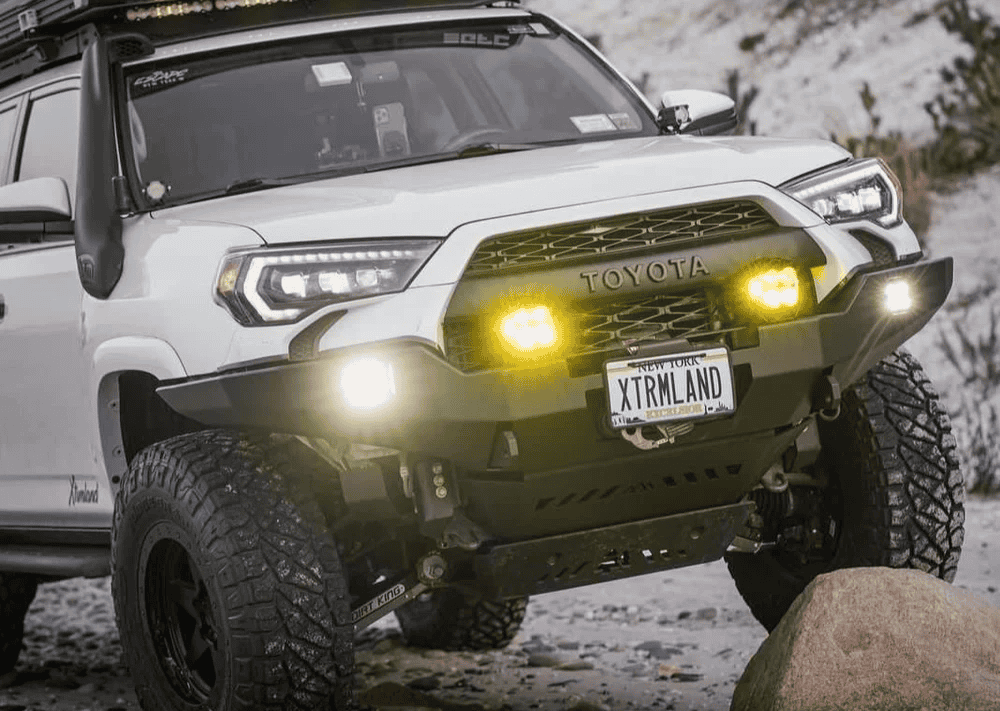Overland Vehicles

If you chase remote tracks in a best overland rv setup, your shelter must hold shape when wind shifts, rain stacks up, or grit grinds every zipper. The strongest tent balances frame strength, fabric durability, and storm worthiness without punishing your payload. Start by looking at pole architecture. Boxy geodesic or multi crossing pole designs resist side loading better than simple dome layouts, especially in gusty passes and exposed plateaus. High grade aluminum or carbon composite poles offer stiffness and fatigue resistance that budget fiberglass cannot match.
Fabric matters just as much. Outer canopies made from high denier ripstop nylon or polyester with a heavy weave resist abrasion from branches and roof rack hardware, while a thick floor fabric shields against sharp stones. A full coverage fly with a deep vestibule sheds rain away from seams and keeps gear dry. The best rated tents also feature wide guy out points with reinforced bar tacks, metal hardware, and proper line angles to transmit load to the frame.
Rooftop systems add an elevated camping tent advantage by lifting you above mud, puddles, and critters. Hard shell rooftops gain speed in setup and aerodynamic travel profiles, while soft shell designs pack larger sleeping footprints. If you prioritize the best elevated tents for rapid camp nights, a well built rooftop unit with metal hinges, stout gas struts, and marine grade fabric earns a spot on the shortlist.
An elevated camping tent grants clean, level sleep even on rutted pullouts. Hard shells excel in wind due to their low profile and rigid lids. Soft shells offer generous annex rooms for boots and wet gear. Make sure mounting hardware matches your rack’s dynamic load rating, and verify the ladder carries the same rating for safety.
Storm worthiness comes from details you can see and those you cannot. Heat taped seams prevent weeping under sustained rainfall. Large diameter poles resist bending, but equally important are the hub connectors that bind them. Metal or reinforced polymer hubs outperform thin plastic in repeated cycles. Guy lines should be low stretch, reflective, and easy to tension with glove friendly hardware.
Ventilation affects both comfort and durability. Cross ventilation limits condensation that can saturate fabrics and chill sleepers. Look for dual roof vents shielded from wind driven rain. Doors that can be cracked high and low allow you to fine tune airflow in varied conditions. Zippers should be coil or tooth styles from reputable makers, with storm flaps that do not snag.
When someone asks for the toughest tents, they often mean the ones that keep shape and stay sealed when sleet turns sideways. Snow load performance favors steeper wall angles and more pole crossings, which move weight toward the ground instead of bowing the span. For heavy weather, the best tent on the market will feel quiet in gusts rather than drumming like a sail.
Check wind ratings if published, but also inspect geometry. More contact points with the ground and more guy lines equal better energy transfer. For shoulder season trips, choose a four season or three plus season model with stout poles and narrower mesh to hold warmth and block spindrift.
Durability is not only the ability to take a beating once. It is how well a shelter endures hundreds of cycles of packing, road vibration, dust, and sun. UV resistant coatings, anodized poles, and replaceable wear parts extend life. Great tents make maintenance simple, with accessible zippers, replaceable shock cord, and standardized hardware.
Best tents for car camping prioritize space, headroom, and lounge friendly vestibules at established sites. Overland routes flip that script. You need compact packs, rapid pitching in the dark, and storm stability when you cannot pick perfect ground. A rooftop option may be ideal for one night stops, while a burly ground shelter shines when base camping for days. Match the shelter to your route rhythm: frequent hops favor quick deploying elevated systems, while longer stays reward larger footprints and interior height.
When your shelter choice dovetails with your vehicle package, everything gets easier. If you are building a platform for rough tracks, view your tent as one part of a complete system that includes suspension, racks, power, and lighting. Explore Overland rigs to see how a purpose built vehicle supports safe, reliable camping in any season. If you need racks, mounting solutions, power ports, or lighting to suit an elevated system, our custom overland upfit approach aligns fitment, load ratings, and ergonomics so your shelter rides quiet and deploys fast. Curious about shop standards, handoff process, and real world testing around Fayetteville trails and river runs? Learn more at Why choose OZK Customs.
If your goal is the strongest tent for best overland rv adventures, focus on frame stiffness, high denier fabrics, full coverage flies, and proven hardware. Pair that with a rig tuned for payload, safe roof loads, and clean cable routing for lights and power. That combination turns stormy nights into routine campouts and keeps the journey fun, not fragile.
Finally, remember that the toughest tents do not replace good camp craft. Pitch with the narrow end into the wind, use every guy line, and tension evenly. Check bolts and mounts before every trip if you run an elevated system. With those habits and the right build, you will sleep easy wherever the road fades to dirt.
Ready to match ironclad shelter with a purpose built rig? Talk with OZK Customs about an overland platform designed for your routes, payload, and camp routine. We build precise, quiet, and reliable systems so your tent, gear, and power all work in sync. Start your build conversation today.
ADDRESS:
6159 E Huntsville Rd, Fayetteville, AR 72701
PHONE:
(479) 326-9200
EMAIL:
info@ozkvans.com